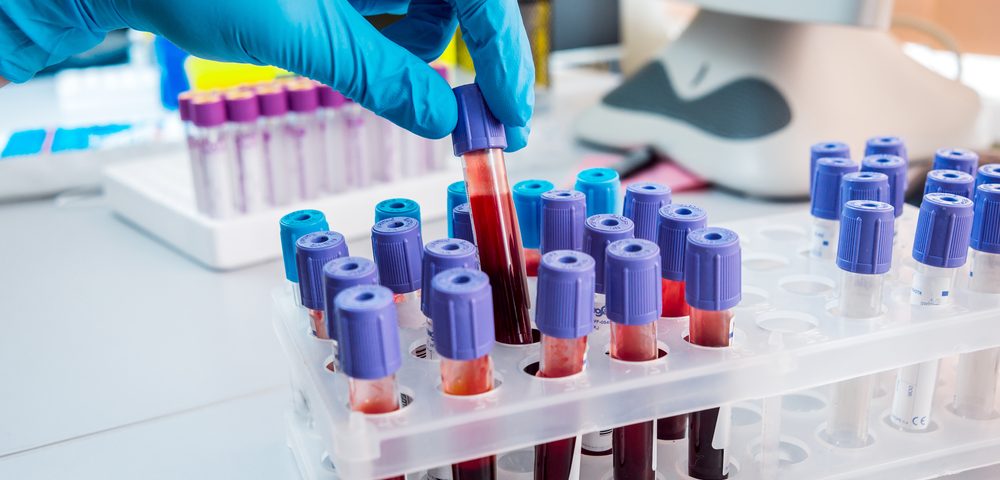Researchers at Johns Hopkins University School of Medicine, in Maryland, revealed that hematoma derived growth factor (HDGF) might be a good biomarker to predict disease severity in pulmonary arterial hypertension (PAH) patients.
The findings were recently published in the American Journal of Respiratory and Critical Care Medicine, in a the study “Hepatoma Derived Growth Factor Predicts Disease Severity and Survival in Pulmonary Artery Hypertension“.
“This has the potential to be a much more specific readout for the health of the lungs than what we currently measure using invasive cardiac catheterization,” said senior study author Dr. Allen Everett, professor of pediatrics and director of the Pediatric Proteome Center at Johns Hopkins, in a press release. “It could really have value in making decisions about when to escalate therapy and when to ease it because at present, it’s difficult to determine whether someone’s disease is getting better or worse, especially in children.”
Everett and colleagues are developing the new, specific, and non-invasive test to measure the levels of HDGF in the blood, which could eventually help doctors decide on the best treatment for each PAH patient.
The study examined blood samples from 39 PAH patients who failed treatment for PAH and were waiting for a lung transplant – often a last resort therapy for PAH. After comparing blood samples from 39 healthy volunteers of the same age, gender, and race as the PAH patients, researchers found that PAH patients had HDGF protein levels were approximately seven times higher than the volunteers.
When the HDGF levels were measured in 73 additional PAH patients over five years, patients with higher HDGF levels were found to have more extensive heart failure. Furthermore, after adjusting for age, type of pulmonary hypertension, heart function, and levels of a protein known to predict heart failure, the team found that patients with elevated HDGF had 4.5 higher risk of death.
Although more research is needed to understand whether HDGF levels change with PAH therapies that improve patients health, or whether it can predict which person will develop PAH in the future, the authors believe the results support the use of HDGF as a diagnosis marker for PAH and possibly also a marker that helps tracking the disease course.
“This could be a cheap and easy way to say: ‘Oh, good, your levels are going down. Let’s try to take away one of your medicines and see how that works’,” Everett said. “Or if you know from the very beginning of their treatment that someone isn’t responding to any medicines, you can get them on the list for a lung transplant much sooner.”

